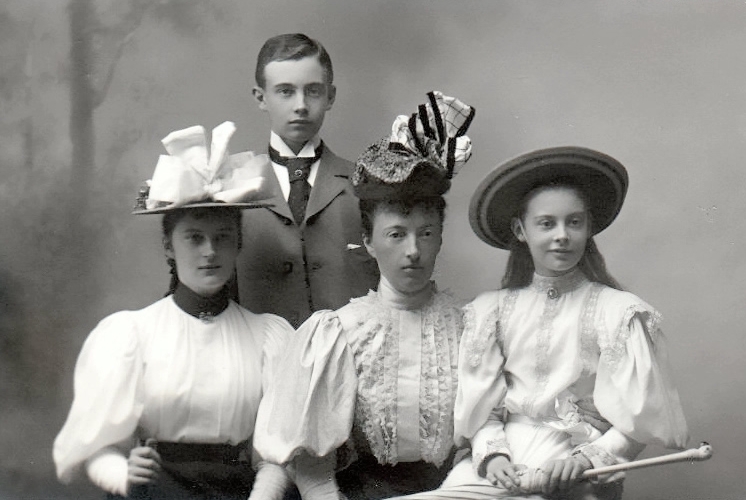by Susan Flantzer © Unofficial Royalty 2018

Maria Vittoria dal Pozzo, Queen of Spain, Duchess of Aosta; Credit – Wikipedia
Maria Vittoria dal Pozzo (Maria Vittoria Carlotta Enrichetta) was born in Paris, France on August 9, 1847, the elder of the two daughters of Italian noble Carlo Emmanuele dal Pozzo, 5th Prince of Cisterna and his wife Countess Louise de Merode. Maria Vittoria’s father’s family was one of the few aristocratic families in the Kingdom of Sardinia to bear the title of “prince” as a noble title. Her father was a politician in the Kingdom of Sardinia. Her mother was a member of the de Merode family, an important Belgian noble family. Her mother’s younger sister, Antoinette de Merode, was the wife of Charles III, Prince of Monaco.
Maria Vittoria had one younger sister who died at the age of 13:
- Beatrice Giuseppa Antonia Luisa dal Pozzo (1851–1864)
Maria Vittoria spent most of her childhood at the Palazzo della Cisterna in Turin in the Kingdom of Sardinia, now in Italy. Upon her father’s death in 1864, Maria Vittoria inherited her father’s noble titles and became Princess della Cisterna, Princess di Belriguardo, Marchioness di Voghera, and Countess di Ponderano in her own right. Maria Vittoria’s sister died from typhus one month after her father’s death.
On May 30, 1867, Maria Vittoria married Prince Amedeo of Savoy, Duke of Aosta at the chapel of the Royal Palace of Turin. Amedeo was the second son of King Vittorio Emanuele II of Italy (formerly King of Piedmont, Savoy, and Sardinia) and Archduchess Adelheid of Austria.

Maria Vittoria and Amedeo; Credit – Wikipedia
Amedeo and Maria Vittoria had three children. Their descendants through their eldest son have been the disputed claimants to the headship of the House of Savoy along with descendants of Amedeo’s brother King Umberto I of Italy.
- Prince Emanuele Filiberto of Savoy, Duke of Aosta (1869 – 1931), married Princess Hélène of Orléans, had two children
- Prince Vittorio Emanuele of Savoy, Count of Turin (1870 – 1946), unmarried
- Prince Luigi Amedeo of Savoy, Duke of the Abruzzi (1873 – 1933), unmarried
After Queen Isabella II of Spain was deposed, Amedeo was elected King of Spain and Maria Vittoria was Queen Consort. In Madrid, she suffered a great deal because of her poor health and difficulties with Spanish politics. Maria Vittoria stayed away from politics and devoted her time to charitable works. One of the charities she founded was a nursery where children of washerwomen who worked on the banks of the Manzanares River in Madrid could be cared for by nuns while their mothers worked. Attached to the nursery was a hospital for the washerwomen.
During Amedeo’s reign, there were many republican uprisings. Without popular support, Amedeo abdicated the Spanish throne on February 11, 1873, and left Spain. Maria Vittoria had given birth to her last child only two weeks before the abdication. The recent childbirth, the stress of the abdication, and the exile from Spain exacerbated her physical condition. On November 8, 1876, at the Villa Dufour in San Remo, Italy, 29-year-old Maria Vittoria died from tuberculosis. She was buried in the Basilica of Superga near Turin. The Spanish and American Enlightenment newspaper wrote of her: “Madrid cannot forget that angel of virtue and charity, to whom the people granted the simple title of Mother of the Poor.”

Basilica of Superga; Photo Credit – Wikipedia
This article is the intellectual property of Unofficial Royalty and is NOT TO BE COPIED, EDITED, OR POSTED IN ANY FORM ON ANOTHER WEBSITE under any circumstances. It is permissible to use a link that directs to Unofficial Royalty.
Kingdom of Spain Resources at Unofficial Royalty
- Kingdom of Spain Index
- Line of Succession to the Throne of Spain
- Monarchs of a United Spain (since 1516)
- Profiles of the Spanish Royal Family
- Spanish Royal Burial Sites
- Spanish Royal Christenings
- Spanish Royal Dates
- Spanish Royal FAQs
- Spanish Royal Links
- Spanish Royal Weddings
- Spanish Royal Residences






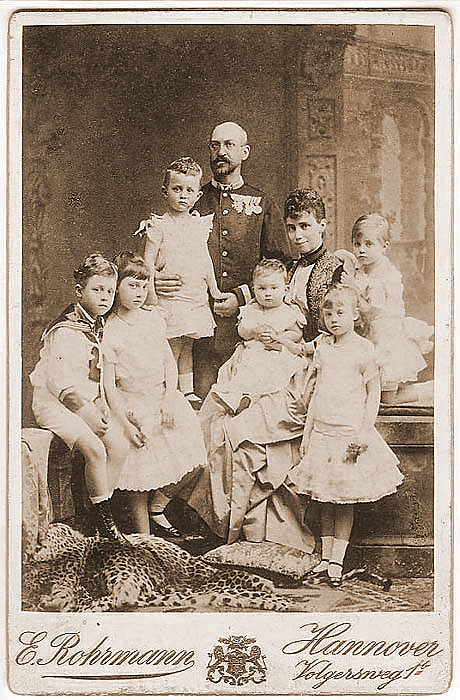

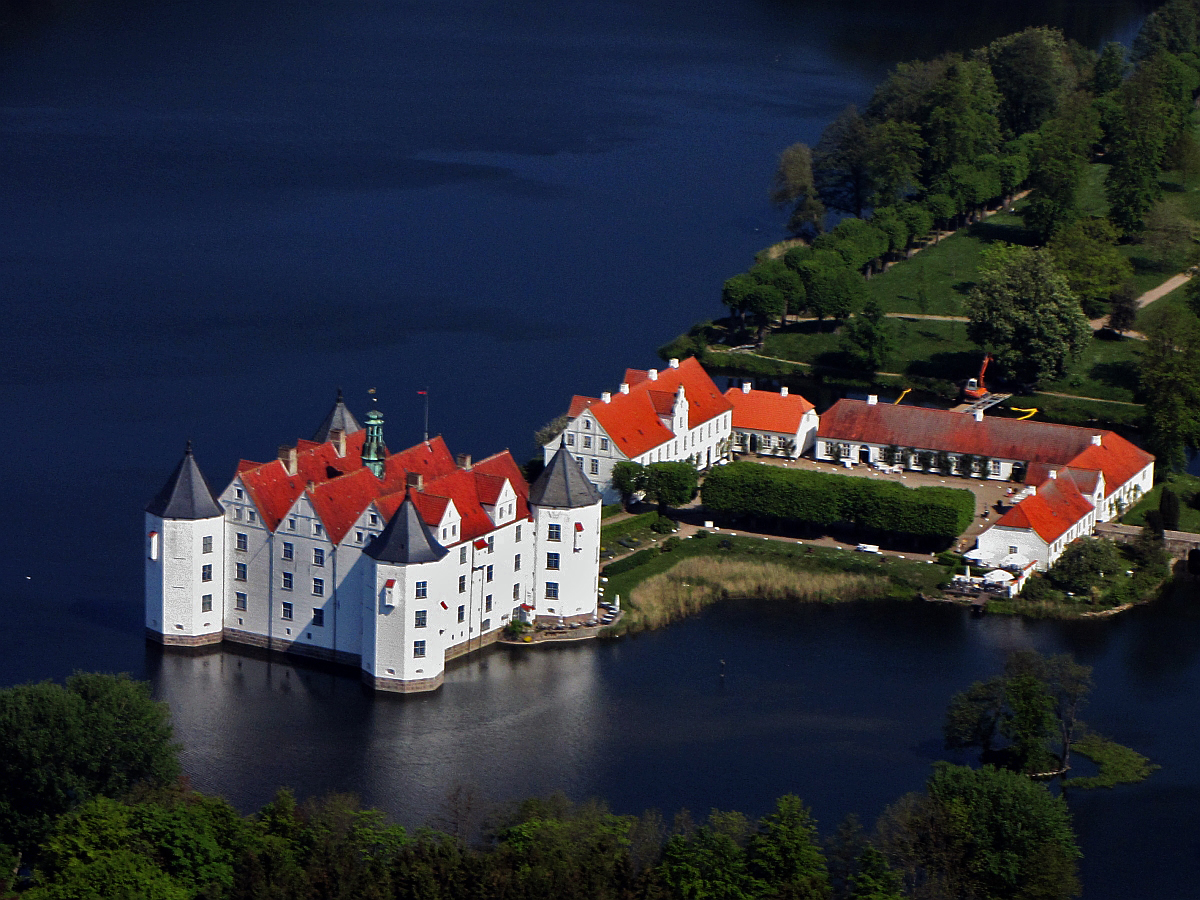
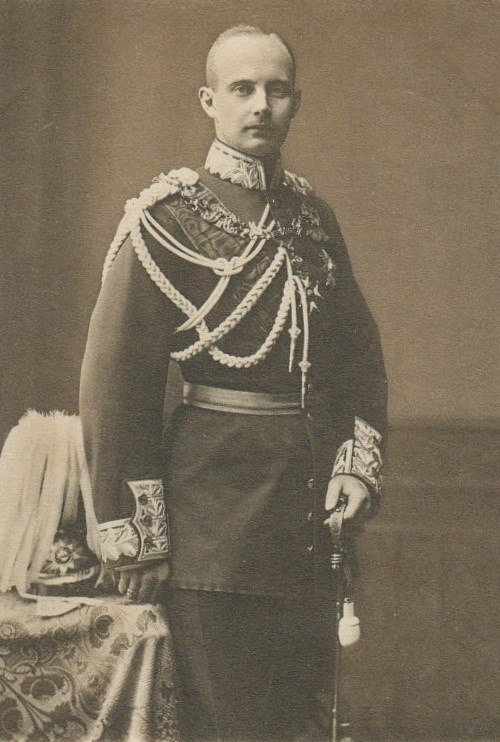




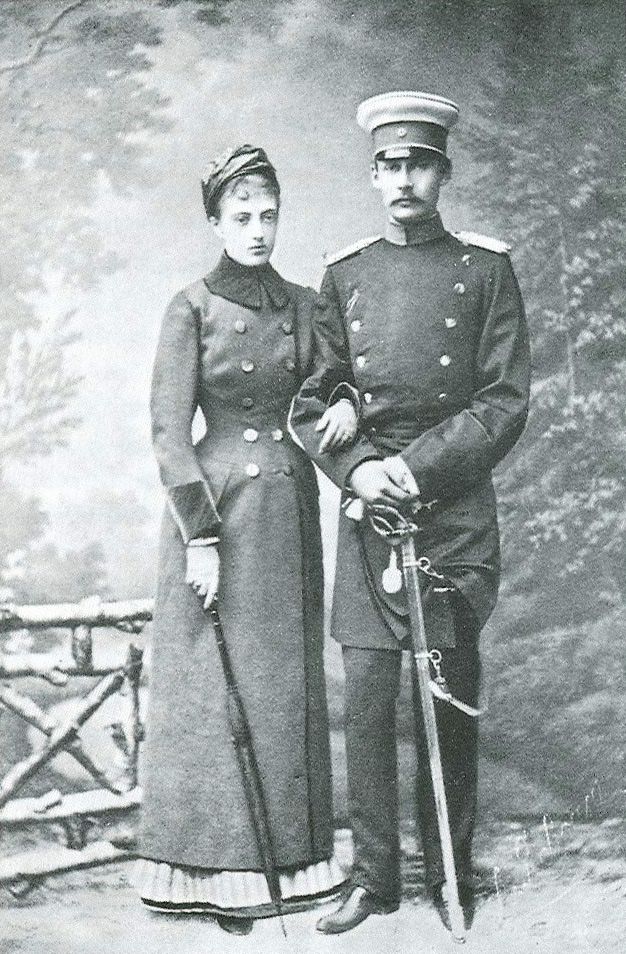






 As the bride and groom made their procession from the Palace of Justice, guests had already arrived and were seated in the Grote of Sint-Jacobskerk. The several hundred guests included members of the Dutch Senate and the Chamber of Deputies, members of the Diplomatic Corps, representatives of nearly every town and city in the Netherlands, members of the court, and other personal friends. The procession into the church began with the foreign royal guests and family members, with the bride and groom the last to arrive. Despite the glitter of jewels and the numerous prominent guests, the service was the very simple and traditional marriage service of the Dutch Reformed Church, described as a service of “puritanical simplicity”, with no bridesmaids or groomsmen. The couple exchanged their vows and rings, followed by an address by the Chaplain. Following a final blessing, they made their way out of the church, to process back to Noordeinde Palace.
As the bride and groom made their procession from the Palace of Justice, guests had already arrived and were seated in the Grote of Sint-Jacobskerk. The several hundred guests included members of the Dutch Senate and the Chamber of Deputies, members of the Diplomatic Corps, representatives of nearly every town and city in the Netherlands, members of the court, and other personal friends. The procession into the church began with the foreign royal guests and family members, with the bride and groom the last to arrive. Despite the glitter of jewels and the numerous prominent guests, the service was the very simple and traditional marriage service of the Dutch Reformed Church, described as a service of “puritanical simplicity”, with no bridesmaids or groomsmen. The couple exchanged their vows and rings, followed by an address by the Chaplain. Following a final blessing, they made their way out of the church, to process back to Noordeinde Palace.


